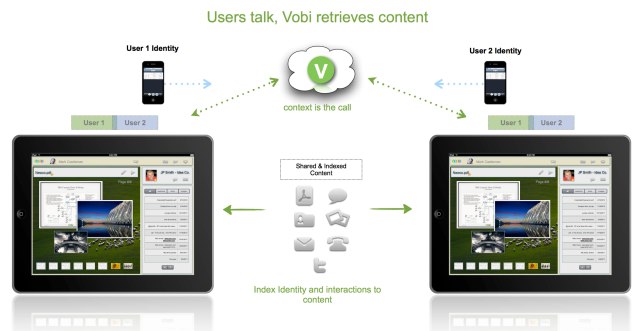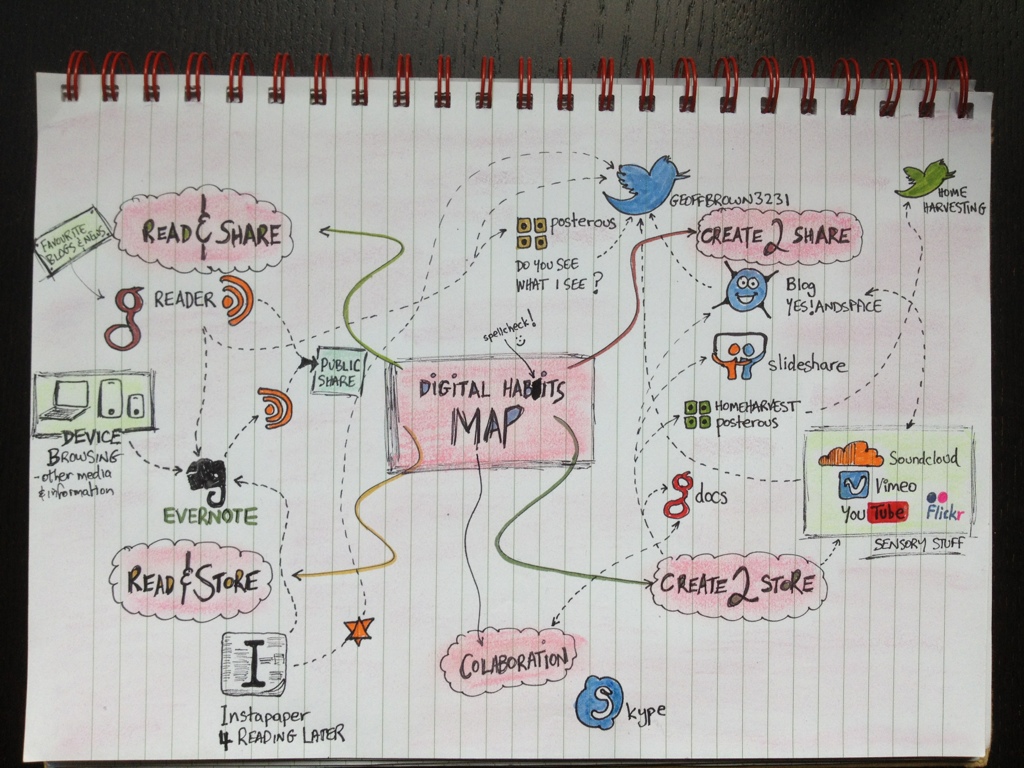Are you stewarding technology for your community? Did you or are you considering a NING site? You may want to join in with CPSquare’s NING Stackathon. It will last for a year, but I suggest you get in on the ground floor now. John notes at the bottom that if you are willing to contribute a case, he will waive the (VERY MODEST) entry fee. Plus you get a six month CPSquare membership. Folks, JUMP on this!
Here are the deets, via http://cpsquare.org/.
Launching our Ning Stackathon
By: John David Smith
 Hackathons are the current equivalent of a barn-raising, where people get together and work really hard for a short period of time on a fun project that somehow contributes to the common good. We’ve used barn-raising as examples of the kind of personal, skin-in-the-game generosity that’s involved in communities of practice.
Hackathons are the current equivalent of a barn-raising, where people get together and work really hard for a short period of time on a fun project that somehow contributes to the common good. We’ve used barn-raising as examples of the kind of personal, skin-in-the-game generosity that’s involved in communities of practice.
We’re inventing a new portmanteau. A Stackathon is working party that’s slower-paced than a hackathon and more reflective. It gathers useful examples of something with a lot of sense-making built into the process. Therefore a stackathon is not like the current craze for content curation. Read on for details about CPsquare’s first Stackathon.
During this stackathon we’ll gather profiles and portraits of as many living Ning-based or Ning-supported communities as possible. We’ve started developing a list of interesting examples. As we stack these communities one on top of another, we expect to discover new hacks that could make any of them more effective, sustainable, and fun. (And those hacks are probably relevant to simpler or more elaborate platforms than Ning, too!)
We will try to be somewhat systematic in describing how Ning is configured for each community and how it fits in the community’s digital habitat. We’ll pay attention to the ongoing role of leadership, facilitation, and technology stewardship. That means understanding what the community is about, what kinds of activities are typical, and what other tools a community uses in each community. Understanding that would give us a better idea of how and when to recommend Ning. Our stack will also suggest many possible methods that one community could borrow from another (including the use of auxiliary tools, plug-ins, themes, membership restrictions, etc., etc.).
During the stackathon (which will run for a whole year, from March 2012 to April 2013) we’ll have discussions in CPsquare’s Web Crossing site (password required: it’s for CPsquare members and people registered for the Stackathon), we’ll collect ideas in various Google Docs, we may have teleconferences, and we will collect some of our insights on CPsquare’s Media Wiki site. It all depends on what people want to do and are willing to do.
You can participate in the stackathon by joining CPsquare or by registering for the Stackathon here (costs $10). Any Stackathon registrant who contributes a full community portrait gets their registration fee refunded and they receive a CPsquare membership during the last 6-months of the Ning Stackathon.
(Thanks to Amboo Who for the photo!)
 I am frequently asked about “the best collaboration” platform or “the best web meeting” tool and I am always at a loss to offer a clear, specific answer.
I am frequently asked about “the best collaboration” platform or “the best web meeting” tool and I am always at a loss to offer a clear, specific answer.

